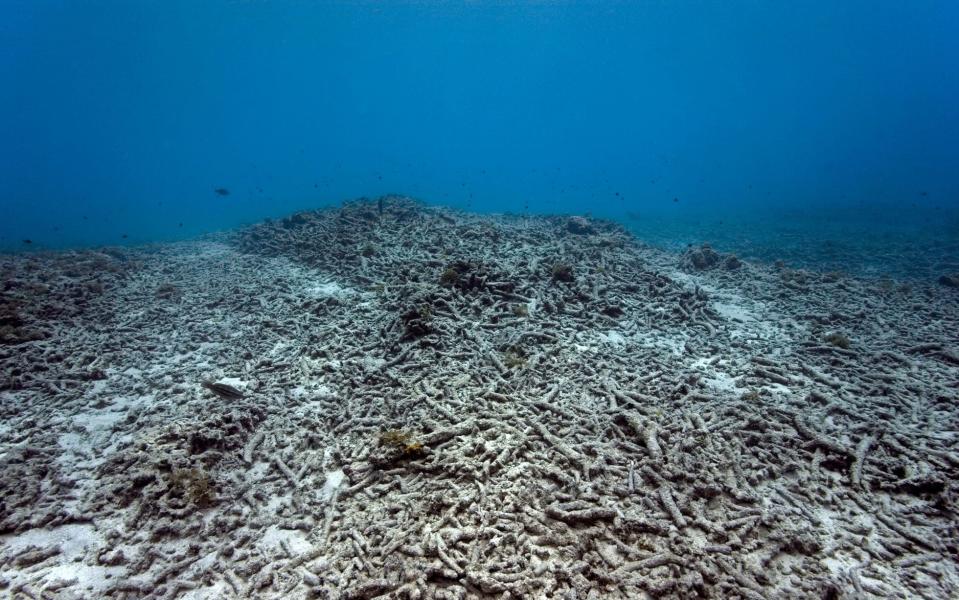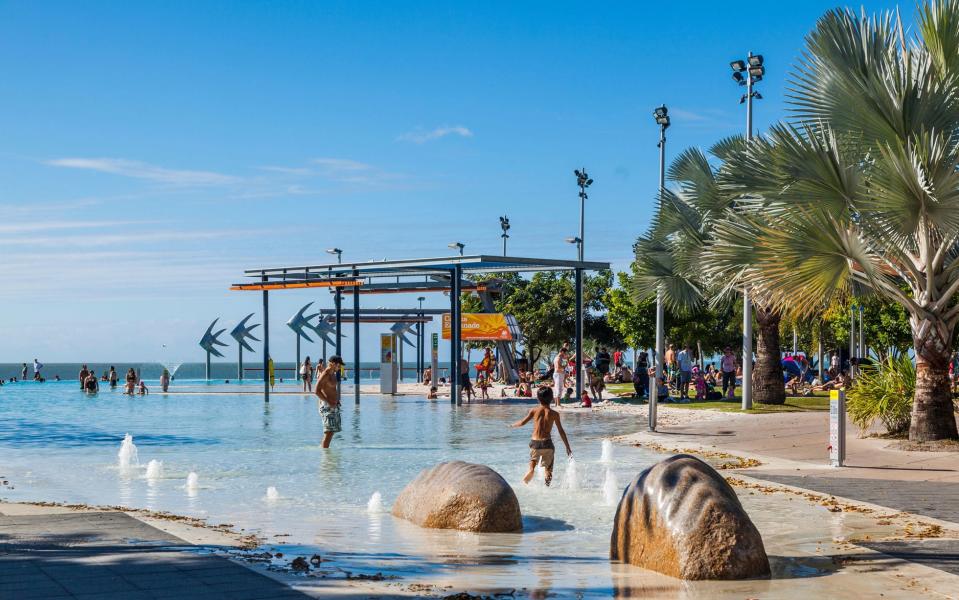Great Barrier Reef could lose one million visitors annually if coral bleaching continues
The Great Barrier Reef has many natural functions – from protecting against coastal erosion to helping maintain a healthy ocean – but it also plays a key role in the country’s tourism industry, attracting nearly three million tourists annually.
However, as the reef continues to suffer the effects of coral bleaching – brought about by unusually warm waters – international tourists are likely to look elsewhere for their holidays.
That’s according to the Australia Institute, a Canberra-based think tank, which claims resorts along the Great Barrier Reef could lose one million visitors annually if coral bleaching continues. This, it added, would put 10,000 jobs at risk.
The institute also claimed that 175,000 potential visitors could be put off visiting Australia altogether because of coral bleaching, costing the country around AU$1 billion (£616 million) in lost revenue.
The institute surveyed 3,000 people in the US, UK and China – the country’s key tourism markets – as well 1,400 Australian citizens, to ascertain whether coral bleaching would affect their holiday plans.
It then used the results to project how coral bleaching could affect tourism on a larger scale.
“While there has been lots of talk about the potential tourism impacts of coral bleaching, this is the first time anyone has gone to our key tourism markets and asked them what they might do if we aren’t able to better protect the reef,” said Ben Oquist, executive director at the Australia Institute.
A quarter of the UK travellers surveyed said they were less likely to visit Australia because of coral bleaching, while American and Chinese tourists claimed to be even more susceptible to changes on the reef.
“The Chinese market is particularly sensitive, with 55 per cent [of respondents] more likely to visit another country,” said Oquist. “Chinese tourists are attracted by Australia’s relatively clean environment, so they respond strongly to changes in that perception.”
More than a third of Americans said they were less likely to visit Australia if the bleaching continued.
Bleaching happens when corals become stressed by high water temperatures, which are becoming more common in Australia as the country feels the effects of climate change. Coral does not always die after bleaching, but prolonged exposure to high temperatures usually results in mortality.
A heatwave has brought record-breaking temperatures to much of the country this month and photos released this week show fresh bleaching on the Great Barrier Reef, which is already reeling from last year’s mass bleaching event.
Scientists claim 93 per cent of the reef was affected in 2016 and that 22 per cent of its coral has died as a result. However, the worst damage was largely confined to northern parts of the reef, whereas bleaching now seems to be spreading further south to tourist hotspots such as Cairns and the Whitsundays.
“The bleaching event last year was in the northern section of the Great Barrier Reef, but what we’re seeing at the moment off Cairns is a lot of mass bleaching – and there are reports of bleaching all the way down the reef down to the Whitsundays,” marine biologist, Richard Fitzpatrick, told Telegraph Travel.
“This has the potential of being a bigger bleaching event than last year.”
Despite the gloomy outlook, Fitzpatrick, who dived on the reef yesterday, claims most tourist dive sites have been unaffected by coral bleaching, due to their location on the reef’s outer fringes, which are flushed by cooler water coming in from the open ocean.
However, the Australia Institute, which is campaigning against new coal mines in Australia, says tourism areas that escaped the worst last year may “not be so lucky again” and Fitzpatrick shares their concerns.
“Tourism got through last year, but this year it’s going to be dependant on how many weeks of hot weather we have,” he said. “We’re just looking at the weather maps trying to work out when the next rain storms and cold fronts are going to come through. That’s what everyone here is doing at the moment.”



